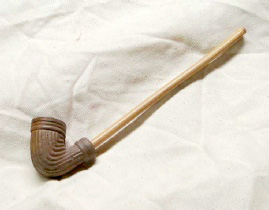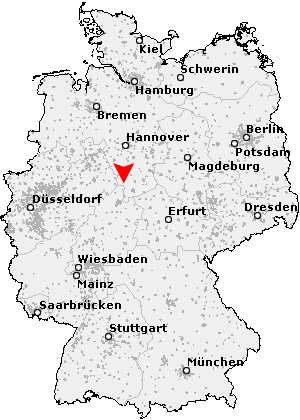
By Kathleen Cande
Artifact of the Month - September 2019
Arkansas Post National Memorial commemorates events associated with the first European settlement in the lower Mississippi River valley. Trade and exploration were of overriding importance at the confluence of the Arkansas and Mississippi rivers as early as the 1500s. The first European settlement was concerned with trade with local Native American groups, including Quapaw Indians. The French, who established this first trading post, used the post as a jumping off point for hunting and exploration of the upper Arkansas River. Under later Spanish control, the post was part of a “barrier” protecting Spanish colonies in the southwest (Coleman 1987). After 1803, the post was a thriving American town with taverns, trading houses, and a branch of the State Bank of Arkansas. It was a center for early cotton production in Arkansas Territory. Arkansas Post was the first capital of Arkansas Territory from 1819 to 1821. The Arkansas Gazette newspaper was founded in Arkansas Post in 1819 by William Woodruff.

The Arkansas Archeological Survey curates archeological collections from Arkansas Post National Memorial. As part of this responsibility, we have cataloged the collections in the National Park Service’s cataloging system and provided copies of the catalog data to the regional headquarters at the NPS’s Midwestern Archeological Center in Lincoln, Nebraska. The cataloging included artifacts on permanent exhibit at the park (Cande 2002:6).
One of the finest artifacts on exhibit at the park is an anthropomorphic ceramic pipe of President Franklin Pierce’s head (Figures 1 and 2). The word “anthropomorphic” describes an object that is made to resemble the human form. In other words, it is the endowment of an inanimate object with human characteristics. Many of the objects studied by archeologists have either animal or human likenesses. Pierce was the 14th US president, serving from 1853–1857. He was a relatively obscure politician from New Hampshire who hoped to avoid the outbreak of the Civil War. He is not considered to have been a strong president, and his worst mistake may have been signing the Kansas-Nebraska Act in 1854 which repealed the Missouri Compromise and re-opened the question of slavery in the western United States (The White House 2019).

There was a series of clay pipes manufactured in Germany in the mid-nineteenth century in which the pipe bowl showed the face of an American presidential candidate in profile. Some, like those depicting George Washington, were commemorative, while others were a way to promote a favored candidate for office. This type of pipe is also known as a reed stem pipe because it was made for a reed or wooden stem to be attached to the clay pipe bowl (Figure 3).

